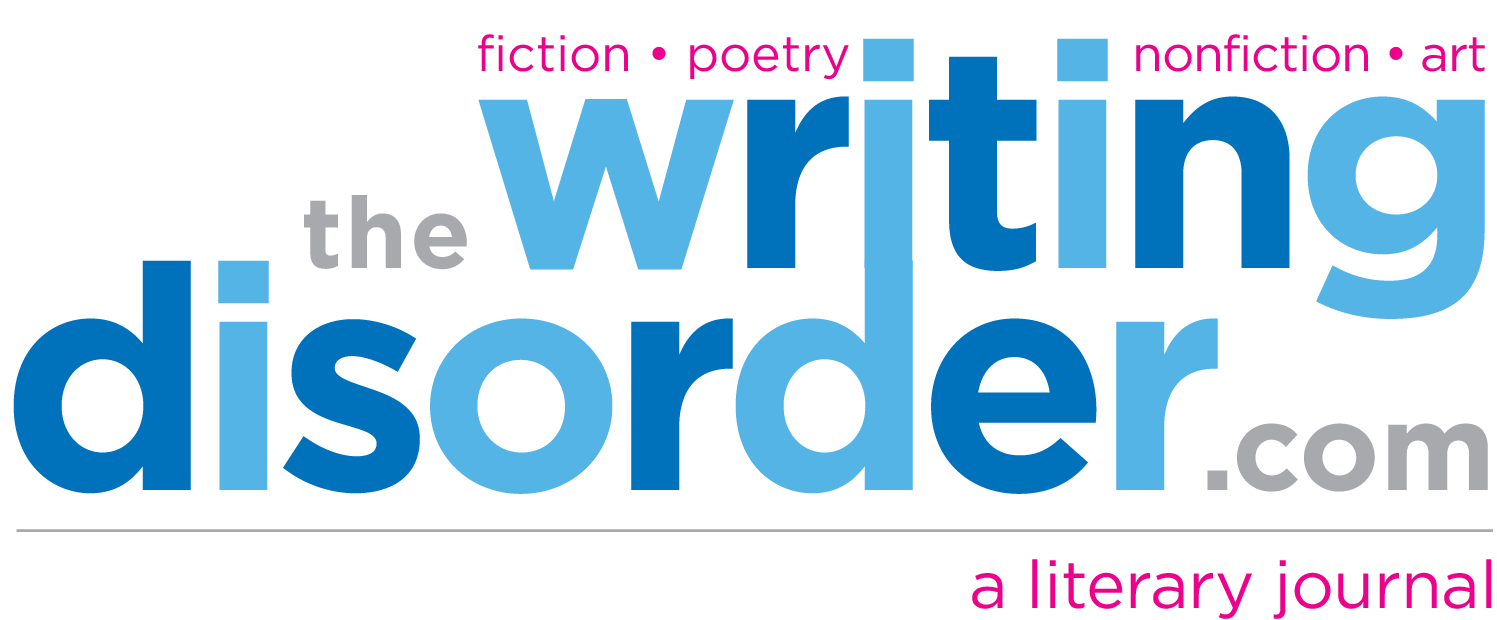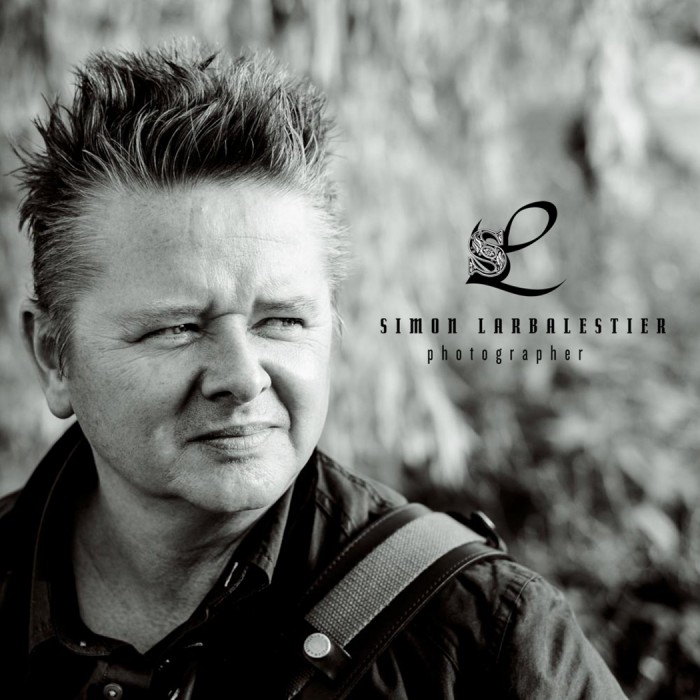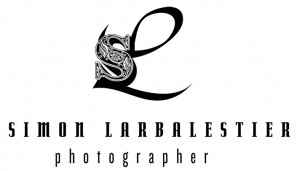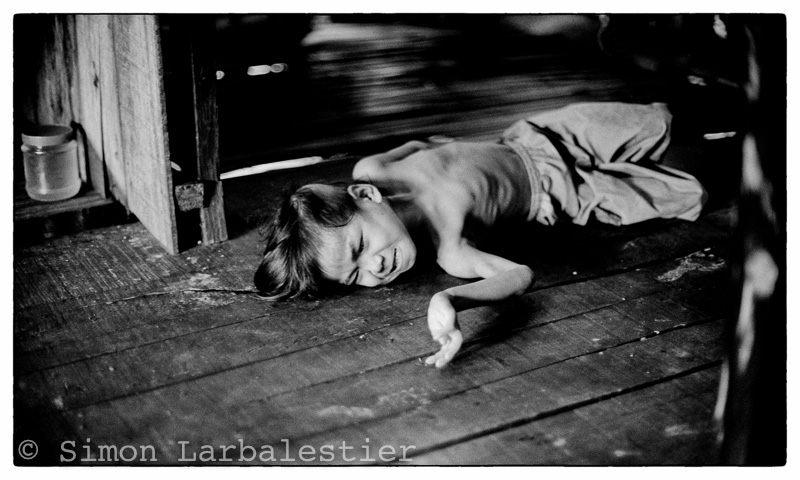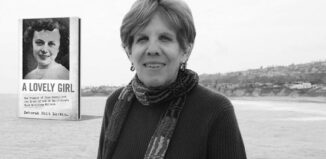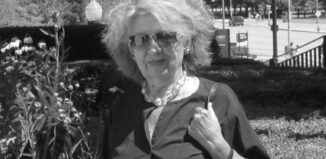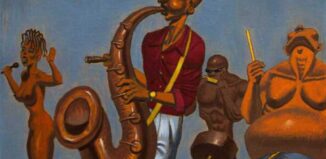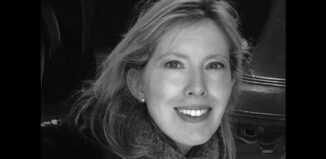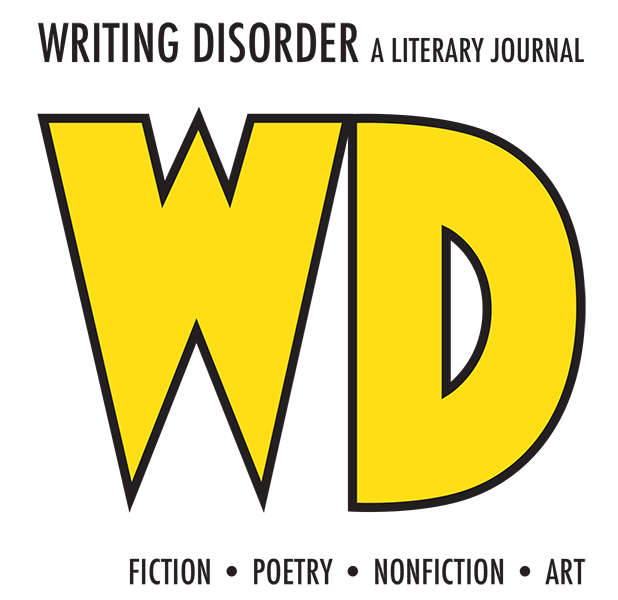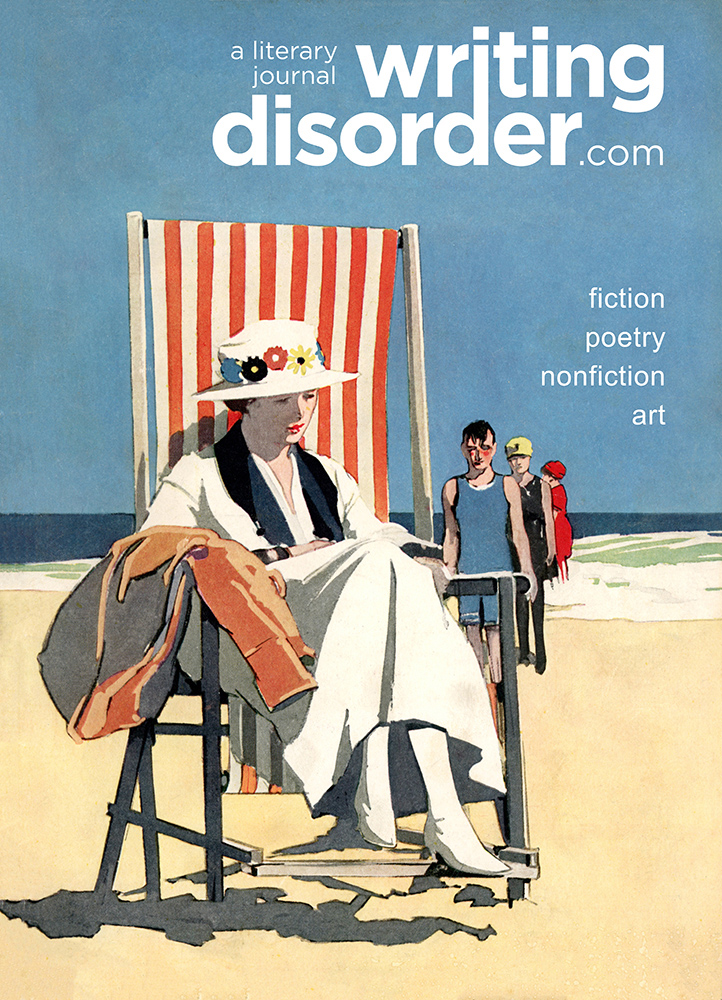The Writing Disorder Presents
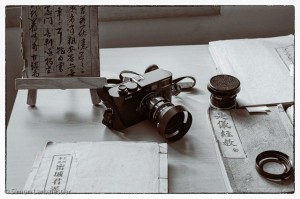
My Leica M – with 50/1.4 ASPH, and old 35/1.4 from 1960’s in my studio, Chungju, South Korea, 2012.
The Simon Larbalestier Interview | The Writing Disorder
 imon Larbalestier is without a doubt a master photographer. He’s been working at his craft for years, creating a body of work that is both inspiring and indelible. His style has influenced a generation of photographers. It’s a vision that puts him squarely in the class of great photographers. From his dreamy black and white images, to his stark, beautiful figures and locations, Simon creates a world you almost can’t describe. Known for his work with the iconic record label, 4AD, which began back in the 1980s, and for his images of remote, exotic lands, Simon’s work covers a wide range of topics and styles. We talked with Simon recently, to learn more about his work, and the creative process.
imon Larbalestier is without a doubt a master photographer. He’s been working at his craft for years, creating a body of work that is both inspiring and indelible. His style has influenced a generation of photographers. It’s a vision that puts him squarely in the class of great photographers. From his dreamy black and white images, to his stark, beautiful figures and locations, Simon creates a world you almost can’t describe. Known for his work with the iconic record label, 4AD, which began back in the 1980s, and for his images of remote, exotic lands, Simon’s work covers a wide range of topics and styles. We talked with Simon recently, to learn more about his work, and the creative process.
When did you first take an interest in photography?
SIMON: When I was studying on my Foundation Course at Jacob Kramer, Leeds, UK in 1979/80 we had a makeshift darkroom in our studio with which the “roof” was made of lengths of wood for making stretchers for paint canvases—and invariably it would leak light as people pulled the wood from the pile above! Anyway the immediacy and the flexibility of the medium struck a deep cord with me at that time even if most of my resulting prints ended up being fogged in the intermittent light leaks!
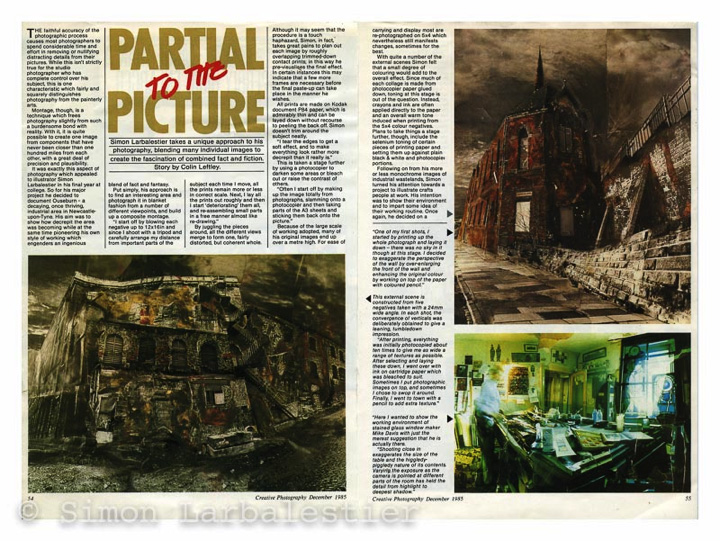
“Partial to the Picture,” interview with Creative Photography, December 1985
Talk about your first camera, and the type of equipment you had back then.
SIMON: I started out with a brand new Olympus OM4 and backed up by an old OM2n that I preferred to its more expensive brother. I only had one lens that was a wide-angle 24mm (I don’t know why I didn’t get the standard 50/1.8 which was excellent!)
Did you develop your own film?
SIMON: Back in the days of my BA in Newcastle Upon Tyne (1981-84) the answer would be no, as everything was fed through the machine – at that time I was primarily interested in just making the prints and then photocopying them and pasting them into my collages. But later during my Masters at the Royal College of Art (RCA) (1985-87) then I become obsessed with controlling everything from shoot to print and I began to explore all facets of film developing and printing my own negatives.
You have a Masters Degree of Art. Talk about the kinds of tools and techniques being used/taught back then.
SIMON: I was mostly interested in working with Polaroid Type 55 film—this is the kind with a peel apart and printable negative. The negative itself required some care and attention with careful washing and drying, but its high detail, fine grain and of course the beautiful and random edge borders of the negative made it a winner in my eyes.
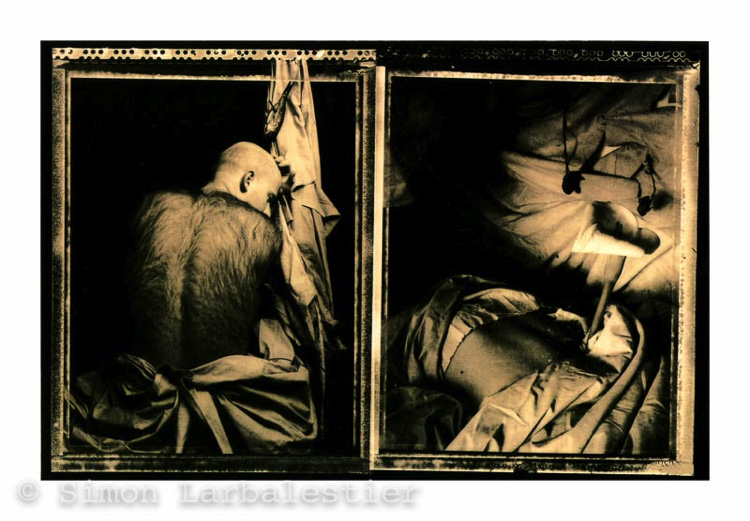
Paired Polaroid Type 55’s from Masters Degree (1985-87) which were later licensed for the Pixies’ first EP “Come on Pilgrim” (4AD Records/1987)
At what age did music become important to you? What bands or music were you listening to then?
SIMON: I think around 12-14, I began to listen to Patti Smith, Neil Young, Rush, Deep Purple, Led Zeppelin, and many others.
What were some of the first photographs that made an impression you?
SIMON: I think the early work when at the RCA, I won a traveling scholarship to Greece and shot everything with my OM2 and a Fuji 645 folder—that was the beginning of work that would underpin my huge Odysseys’ series.
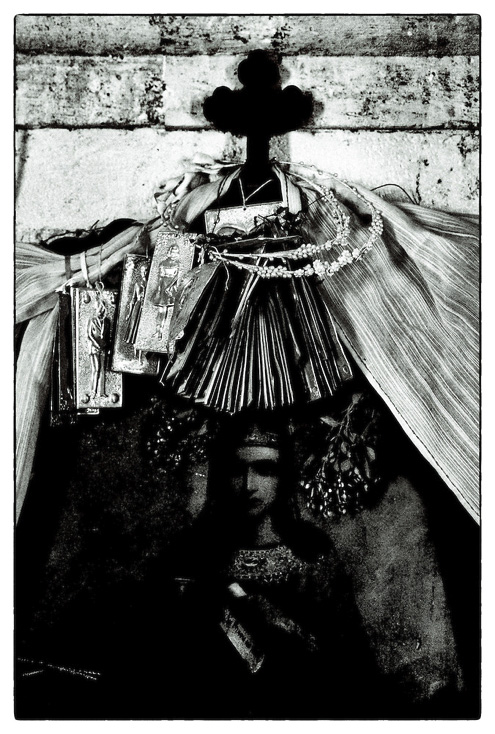
Greek Orthodox Votives, Hania, Crete, Greece, 1985. From the series “Odysseys I (1985-1999)”
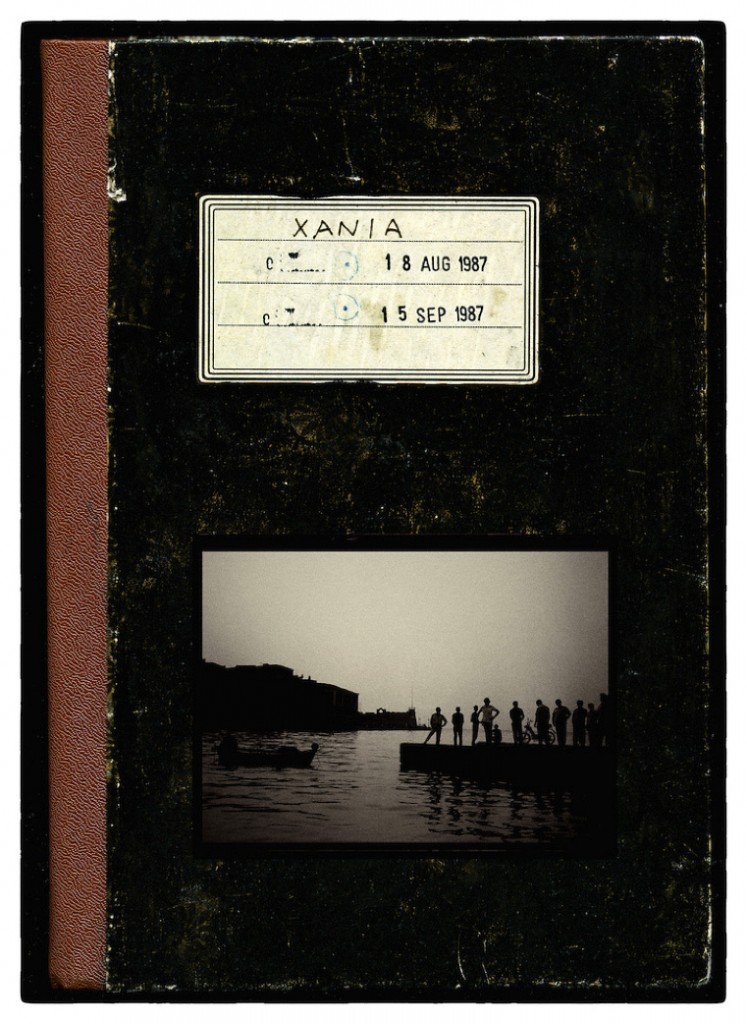
Working Notebook from the award RCA Basil Alkazzi traveling scholarship (1987)
When did you switch to digital photography? What are the pros and cons of digital work?
SIMON: It was during 2008, I was working between SE Asia (mainly Thailand and Cambodia) and the UK. I had several projects on the go, some with short deadlines. I had a fantastic commission to shoot 13 Charles Dickens book covers for Vintage over a couple of years. The first three I dutifully shot in film, as until that point I was a 100% involved with only film cameras. But I blew my limited book budgets all at once and soon realized that if I was to retain my fee per book I had to seriously rethink. So I took the plunge and bought the diminutive Ricoh GRD II a 10MP compact with a fixed 28mm lens. I had its analogue brother and the lens was quite outstanding in its rendition. The compact worked well but the learning curve was working with the RAW files in early versions of Photoshop 3 and Lightroom 2. In the summer of 2008 Vaughan Oliver gave me the Pixies Minotaur project and this seemed an ideal project to push the GRD II further. I was based in SE Asia and for 3 months. I shot exclusively with this compact in Thailand, Cambodia and Vietnam. I returned to the UK later in October and presented my working folder of images to Vaughan and so began the project. The little compact enabled me to get very close to my subject matter and work very discretely and as I shot in RAW format. I had the choice of working in color or monochrome (In the end I worked with both). So the break into digital enabled me to embrace color in a way I have never been able to do with film, though I spent years trying.
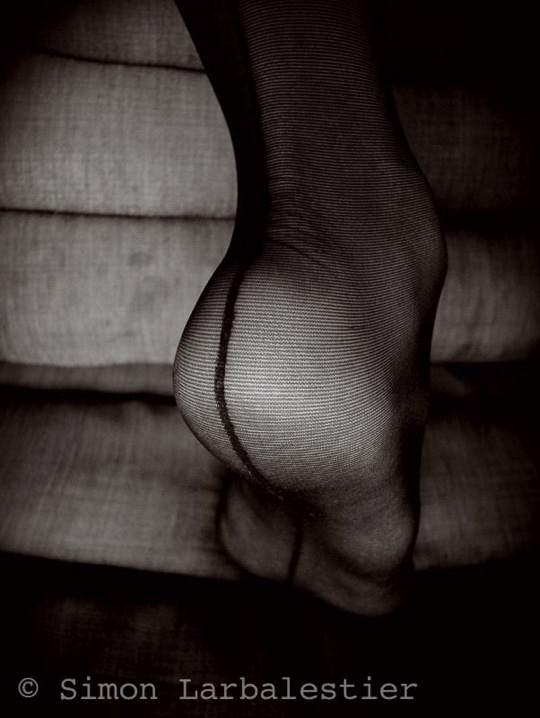
“Cuban,” Bangkok, Thailand, 2008. From the Pixies’ Minotaur Project (Artists in Residence, 2009)
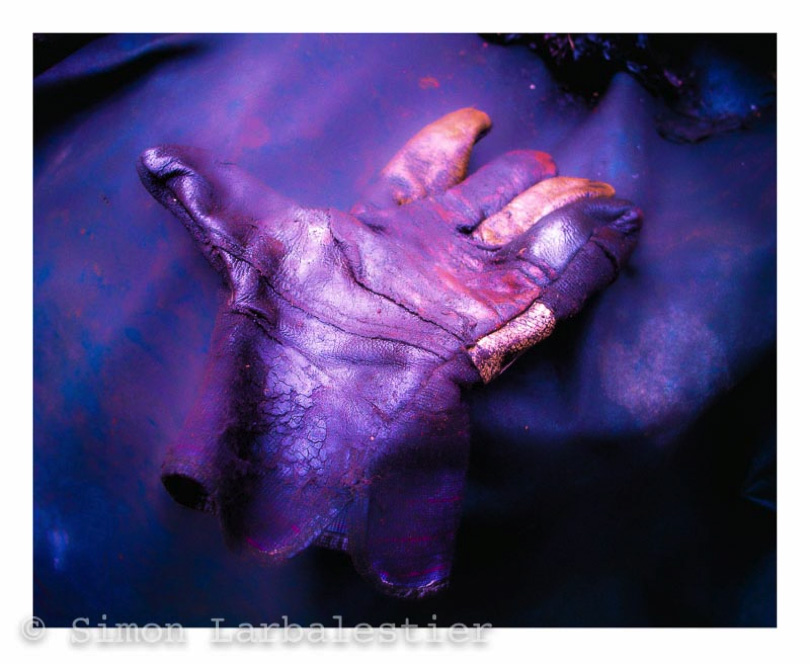
“Glove,” Bangkok, Thailand, 2008. From the Pixies’ Minotaur Project (Artists in Residence, 2009)
You’ve created an impressive body of work over the years. So many fantastic images. Which of your images do you display in your house? Where else is your work displayed?
SIMON: Thank you, Christian, very kind of you to say! I have very few displayed where I am living in NE Thailand, but the most important of all is a panoramic image of my children, Jack and Lucy, shot when they were in their mid-teens at one our favorite locations in North Yorkshire. I have moved 14 times in almost as many years since leaving the UK in 2001, and that picture goes everywhere. My middle brother Nic has the best collection by far but there are other avid collectors who have supported my work over the years, friends, colleagues and print clients.
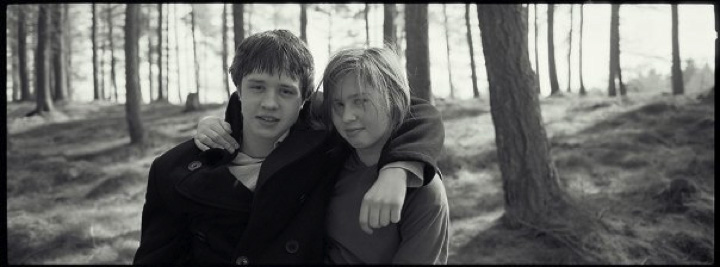
My children Jack and Lucy, North Yorkshire (circa 2008).
What are some of your favorite cameras to work with?
SIMON: I think it very much depends what I am working on—right now I am very happy with what I have and it’s a pretty basic but expensive set up (Leica M9, fast 50 and 35/1.4 lenses, an old Nikkor 105 telephoto with a Leica M fitting, and a couple of the new Sony’s RX1, and its smaller sister the RX100) I get the results I want with this gear and I can work from mid telephoto down to macro, so all my bases are covered.
I do have a brace of Leica M’s, an Xpan and two unique 120 film 6×7/6×9 cameras back in the UK, but I very rarely uses them these days.
You’ve traveled all over the world. What are some of your favorite spots? Where would you still like to visit?
SIMON: I love NE Thailand where I am now, I love Bangkok, Vietnam was interesting but Cambodia was the place I photographed the most up until the summer of 2008. I would like to visit South America, Russia and Japan.
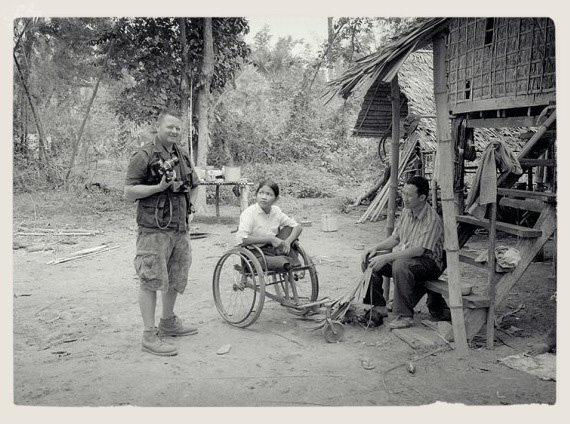
“Me, working with The Cambodia Trust”, Kampot Province, Cambodia, 2005 © Sothea Chea.
When you’re given a new project, where do you begin?
SIMON: Reading usually. Getting a feel for the subject.
Do you prefer to work in a group, or on your own?
SIMON: Alone always.
When did you first meet graphic designer, Vaughan Oliver? How did you get involved with 4AD?
SIMON: I first met him just after graduating from Newcastle Polytechnic, that would have been 1984/5, just before I began my Masters Degree in London. I showed him all of my third year project, which was mostly decayed buildings—not at all applicable to music sleeves (or so I thought … years later the image of the Tuscan bed, used for the first Red House Painter’s LP, Down Colorful Hill 1992), had all of these ingredients of my very early photo collages). He was very receptive and because of his interest I invited him to my degree show at the RCA in the summer 1987, and from that point on we began on the Pixies project.
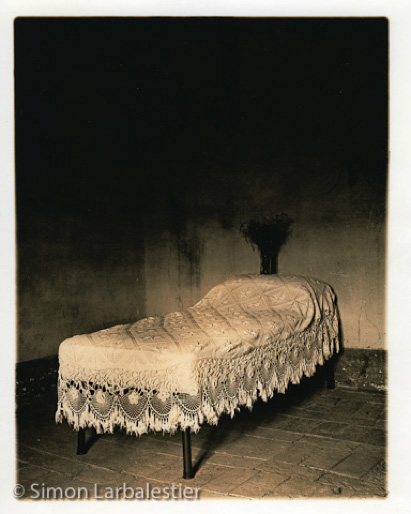
“Bed” Tuscany, Italy, 1989, licensed for the LP cover of
“Down Colorful Hill” by Red House Painters (4AD/1992)
What was your first project with 4AD like?
SIMON: Not counting the licensing of the first two images of the Pixies EP Come on Pilgrim, technically the first project was Surfer Rosa and this was one of the few times that Vaughan Oliver and I were actually in the same room during a shoot. I think there’s enough printed already and posted on the Internet to explain what that shoot was like but I will say this: Never at the time did I consider the impact those images would have on my photographic future (these impacts were dually positive and negative over the years) had I realized this I might have paid much greater attention to negatives that I actually threw away—like this one!
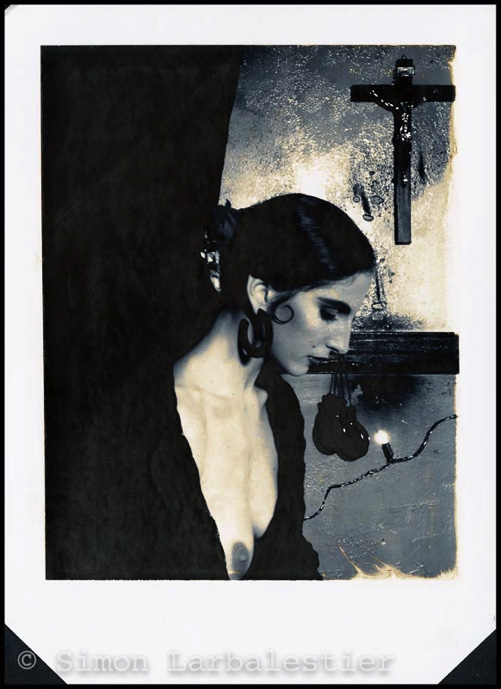
One of the original “Surfer Rosa” Polaroid Type 55’s from
the Pixies’ Surfer Rosa shoot, Wandsworth, London, 1988.
What was it like working with such an esteemed label?
SIMON: I didn’t consider them in that light at the time. I was working simultaneously with many blue chip clients so 4AD was just one of them at the time—only later I think did the gravitas of what 4AD stood for in terms of creative music and artwork become apparent to me.
Did the music impress you at the time you first heard it? Is that what you listened to, or were you into other bands?
SIMON: I really liked Wolfgang Press, Dead Can Dance, This Mortal Coil and the Cocteau Twins. Not the Pixies, on first listening though. I did grow to love the songs on Doolittle. I was into many other bands, mainly rock and ambient music.
Did everyone hangout together and get along?
SIMON: I had a very young family so I spent my time either in the darkroom or at home, so I can’t comment on that.
What are some of your favorite 4AD albums you photographed?
SIMON: Come on Pilgrim, Surfer Rosa, Doolittle, Here Comes Your Man, River Euphrates, Down Colorful Hill, and Piano.
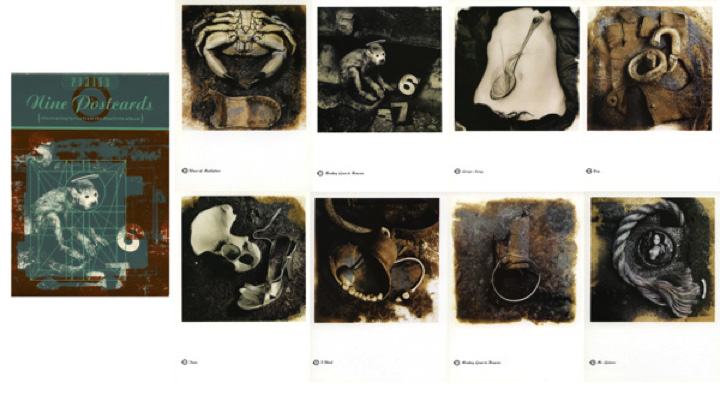
Pixies Doolittle promotional postcards (4AD records/1988)
With 4AD you created such a mystique and aura. The music and the imagery went hand in hand. It was like your created an entire dream world. Was that your intention?
SIMON: A lot has been written about all that and in a way that has destroyed the mystery of how we all worked—hindsight and reflection has killed the legends and myths which makes the work so intriguing. I think the only thing I would say now is that yes it was my intention to create my own visual way of thinking not so much a dream world as one of nightmares and a vision of hell!
Who are some of your favorite photographers?
SIMON: In no particular order of preference I like Edward Weston, Ralph Eugene Meatyard, Duane Michals, Arthur Tress, Gary Winogrand, Ralph Gibson, Dieter Appelt, Mary Ellen Mark, Bruce Chatwin, Philip Jones Griffiths, James Whitlow Delano, Tom Stoddart, Eugene Richards, James Nachtwey, Sebastião Salgado, Henri Cartier-Bresson, Ansel Adams, Richard Misrach and Jeff Wall. But my perhaps if I had to choose only one favorite it would be have to be Wim Wenders.
Where do you call home?
SIMON: The Chaiyaphum Province of North East Thailand.
What do you do for fun these days?
SIMON: Ride my dirt bike out to the jungle temples and generally exploring and documenting NE Thailand, and most importantly quality time with my families both in Thailand and the UK.
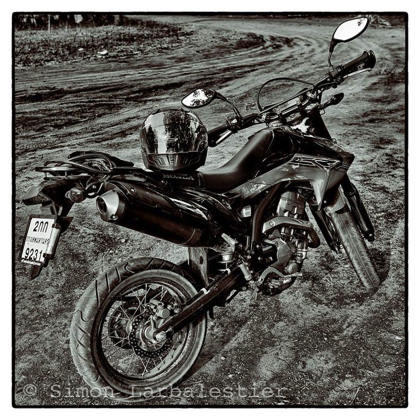
My bike on the way to work, Chaiyaphum Province, Thailand, 2013.
What is your advice for designers and photographers just starting out today?
SIMON: Spend a lot of time researching and refining your own creative voice and develop your own visual working methodology. Looking at other photographers for inspiration is a redundant method in my opinion, as you really need to discover your own interests and beliefs so that you create work that has your own unique stamp on it. Most of the books I read about other photographers was how they lived, though, and not what they photographed. Ansel Adams, Wim Wenders and Edward Weston represent the classic example. Fred Picker also with his Zone System. You also need a deep internal drive to make the work and have a lot of stamina, as there are always knockbacks.
Do you spend a lot of time on the internet? What sites do you frequent most?
SIMON: I try not to because it eats up a lot of time. I would rather be out photographing, but the cataloging of my work to raise its online presence requires me to frequent FaceBook, Twitter, Pinterest, Instagram and even Flickr. I also spend time on my WordPress blog sites, and of course my Photoshelter online photo archive.
What are some of your upcoming projects?
SIMON: Without giving too much away my current self directed projects are “Ash,” “Cyphers,” “Husk” and the forth one is what might be Part V of the Odyssey’s series but really I need a more specific title for this so it’s still in the working stages of development.
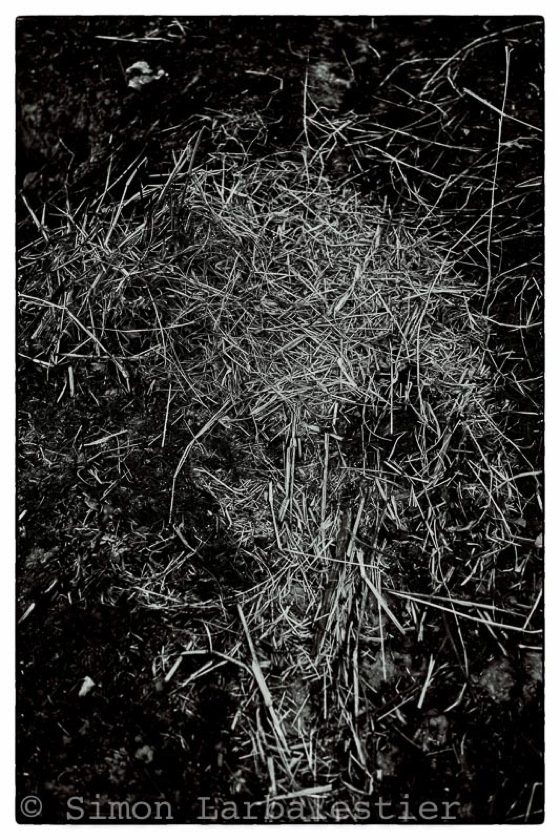
New works in Progress from the series “Ash” Chaiyaphum Province, Thailand, 2014.
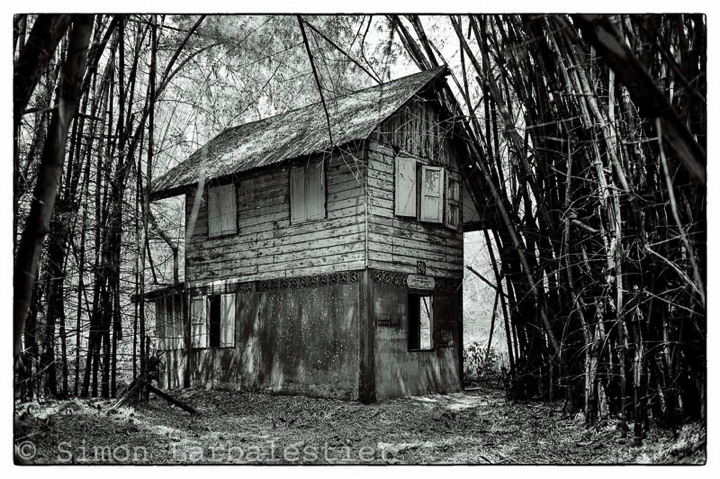
New works in Progress from a new series with the working title “Odysseys V”, Chaiyaphum Province, Thailand, 2014.
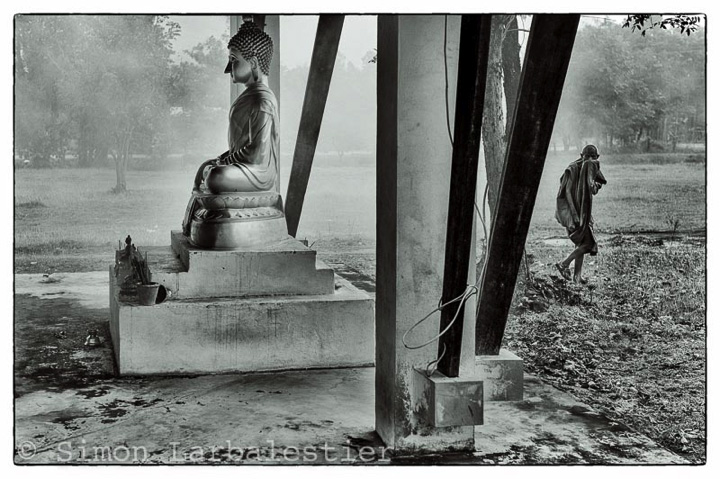
New works in Progress from a new series with the working title “Odysseys V”, Chaiyaphum Province, Thailand, 2014.
Where do you see yourself in ten years?
SIMON: As I spend my life in a place that has its Buddhist culture based on the present moment I think that looking forward 10 years is no longer relevant what matters to me is what happens in the here and now.
With everyone having access to a camera and video, where do you see art/commercial photography heading?
SIMON: That’s a very hard one to answer but the billions of images now available online has saturated our visual world and destroyed our sense of patience, intrigue and mystery for looking at image. They are read so quickly and then discarded or replaced by the click of a mouse or mobile device track pad.
Can you develop a creative eye, or is it something you’re born with? How did you develop your talent and skills?
SIMON: I honed mine over the years but the 6 years of academic training (Foundation Degree, BA and MA Degrees) were the roots of my creative thinking.
Do you like working in Photoshop? How much do you use it—when and where do you use it? What other software programs do you use and like?
SIMON: The use of Photoshop first came into play around 2005/2006 when I was starting to scan a very large body of documentary work that was shot mostly in Cambodia and Thailand between 2001 and continued up until 2008. After painstakingly scanning each negative (35mm and 120mm) on an Imacon virtual-drum scanner, Photoshop was then used to clone out all the dust and other negative imperfections which was largely the same action as hand-spotting my prints. I still use Photoshop now (the latest CC version), to do the heavy lifting when cleaning up negative scans and RAW files. For cataloging, captioning and exporting of the final TIFF versions, I prefer to work in Adobe’s Lightroom 5. As files can be opened in Photoshop easily from Lightroom and then saved back into Lightroom, the workflow between the two is quite seamless and fast. I often utilize a couple of the Nik range of software plugins (now owned and distributed by Google) especially Silver Efex for my black and white work. Sometimes I also work in Capture One (lastest version) particularly for my color work but its user interface is quite different and the final files are still exported into Lightroom for final captioning, key-wording, color space assignment and export settings. I have always viewed my digital approach in much the same way as my analogue darkroom thinking methodology; in that the final image is always a result of a combination of different elements. What I mean is this: in the traditional darkroom, it’s the combination of film developers, specific enlarger types with light-sources, particular lenses and then the right combination of chemistry and paper emulsion to achieve the specific results I want. In the case of the digital workflow; it’s the combination of softwares and subtle plugins to achieve a similar effect. The approach is really just the same except that the digital workflow takes place in daylight on a computer screen and is much less engaging and meditative!
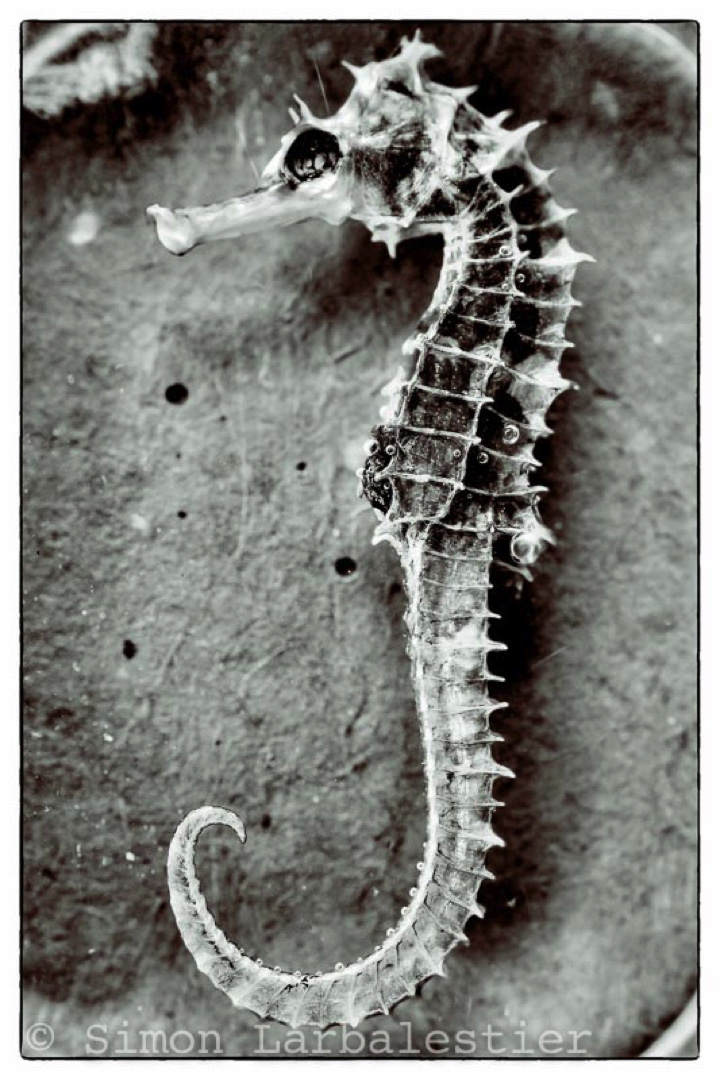
New works in Progress from a new series with the working title “Cyphers”, Chaiyaphum Province, Thailand, 2014.
Also, talk about working in the studio versus working on location, the benefits and drawbacks, and your preference.
SIMON: I spent most of my time between 1987 and 2000 shooting within my studio with holiday periods allocated to shooting outside and on location. The majority of my commissioned work required me being in the studio so that clients or art directors could come and visit me and take a Polaroid back to their client for approval. So working in the studio was a highly controlled and somewhat sterile creative environment. I much preferred the looseness and freedom of shooting locations but it rarely paid the bills! When I began to consider a move away from the UK in 1999 I began to spend longer periods of time in Europe and a brief visit to the USA. In 2001 I spent the first 4 months in Australia where I began to really focus on my landscape and more documentary approach. The later part of 2001 was spent in Thailand, Northern India, Laos and Cambodia and this really opened my eyes. In January 2002 I relocated to Bangkok and remained there until October last year (2013) when a decision was made to relocate up to North East Thailand, in the province of Chaiyaphum. During this long period I also spent a year back in the UK (2009-10) and 12 months in South Korea (2012-13) though my base was always Bangkok. Much of my early time (2002-2008) was spent in Cambodia where I shot most of my work and this was all shot with film cameras. Most of my work up until the summer of 2001 had always excluded people (the Pixies’ Surfer Rosa series was a rare exception) but with the radical the shift to a totally new culture and environment, it was inevitable that in meeting and growing to deeply respect the people within these cultures, my approach would begin to become more social documentary in its nature. I spent a number of years photographing the social care of Khmer families who were supported by the UK charity The Cambodia Trust. This was a real eyeopener for me in that I got to visit areas well off the tourist track and into villages deep within the Cambodian provinces. I saw and photographed many aspects and was a witness to family situations that I will never forget. The Cambodia Trust supported families that had severely disabled members and had set up outreach centers to target those families that required help and support. Children born disabled were often shunned in society and sometimes kept hidden away in the rudimentary family home – it was these places that I visited. The support system was such that some of these children (with the families’ agreement) would be helped with medical aids (crutches, leg braces etc) and with physiotherapy training would become able-bodied enough to work to help support the family financially. I was very deeply touched by this experience. I spent almost 4 years working with them at close quarters, later I would work with children in Thailand that were born HIV+, another complex social issue that is still deeply shunned. During this time I joined two documentary photo agencies: Network Photographers, in London and Anarchy Images in New York but both collapsed as the digital and internet revolution and the steady decline of print magazines specializing in social content. “Positive Lifestyle” stories were much preferred to sit alongside expensive advertisements for a better life. In the end with the collapse of this market for me and no representation I decided to move back to making my own work and concentrating on print sales and exhibitions, as well as teaching photography and creative thinking in some SE Asian Universities. The work I make now is still heavily underpinned with social commentary and ethos, yet it still encompasses much of the same visual ingredients of the image of the Tuscan bed shot back in 1989. Recent work has included a color series entitled “Coelacanth” which is Part 1 of a much larger body of work that will explore the largely publicly unseen complexities of family life in NE Thailand. The working title for the whole series is “In The Belly of The Whale” as NE Thailand (or Isaan as it is more commonly known) really represents for me, the underbelly of Thailand itself. This is a long term project that will flow and ebb at its natural pace, as I find my way deeper into what is a fascinating culture steeped in mystery and ancient traditions. My approach is much the same as it was with the Khmer families supported by the Cambodia Trust—an approach that is deeply respectful and non judgmental.
What books did you read growing up?
SIMON: All the Narnia books by C.S. Lewis, a lot of science fiction mainly trilogies that I can’t now remember but the one book that really stood out for me and I read again recently Raft of Despair by Ensio Tiira—a true story. It still strikes a deep resonant chord within me.
What are some of your favorite books and films?
SIMON: Authors: Paul Auster, Mo Hyder (Tokyo my favorite), Jeff Long, Iain Sinclair (Radon Daughters my favorite) everything by Haruki Murakami, Jose Saramago, China Mieville (everything I have read so far) to name but a few.
Film Directors: Andrei Tarkosky, Wim Wenders, Lars Von Trier, Andrey Zvyagintev, and Peter Greenaway are favorites that quickly come to mind. Chris Marker, David Lynch especially the early works, all of the films by Tsai Ming-liang, the Brothers Quay and recently I discovered through a good friend of mine Tom Gordon the works of Bruno Forzani and Helene Cattet which has some outstanding cinema photography.
What current bands/music do you listen to today?
SIMON: Excluding all the 4AD bands which is a separate question, my first LP was Patti Smith’s Easter I think I was 14 at the time, followed a week or so later by Rush’s All the Worlds a Stage, then came Neil Young, Deep Purple, Black Sabbath and Led Zeppelin. Later came Neil Young, Rory Gallagher, The Sex Pistols, The Stranglers and The Adverts, followed by Brian Eno Ted Nugent, Tangerine Dream, Talking Heads and UFO. After that I was into Iron Maiden and Saxon (new British metal bands) and of course U2 (I remember playing a bootleg cassette of theirs a friend gave me over and over again). Then came David Sylvian and R.E.M and later in the mid ’90s I was introduced to Talvin Singh and Paul Oakenfold which I used to play repeatedly in my darkroom when I was printing recently which introduced me to the world of trance/house uplift music especially Tijs Michiel Verwest (knowns as Tiësto). Recently I have been rediscovering The Church who I liked years back and also Three Doors Down. I am sure there are many others but I don’t have my iTunes currently with me as I’m traveling.
Who were your favorite 4AD bands?
SIMON: I really liked Wolfgang Press, Dead Can Dance, This Mortal Coil, Ultra Vivid Scene and the Cocteau Twins. I was into many other bands at the time, mainly rock and ambient music. My all time favourite from the 4Ad label is Michael Brook.
Do you embrace new technology, or do you take a wait and see approach?
SIMON: The problem with new technology is it’s always changing and often more expensive (just look at Leica’s current prices!) so nothing stays new anymore! I think it very much depends what I am working on. What’s important to me is that each lens has a unique signature and renders or draws images in quite different ways depending on the f-stop and its aperture blades. I use them like brushes really and to be honest I now see my work much closer to painting then photography. (This is an important change for me because I moved into photography from painting when I was a student because I couldn’t get the results I wanted using brushes and paint mediums).
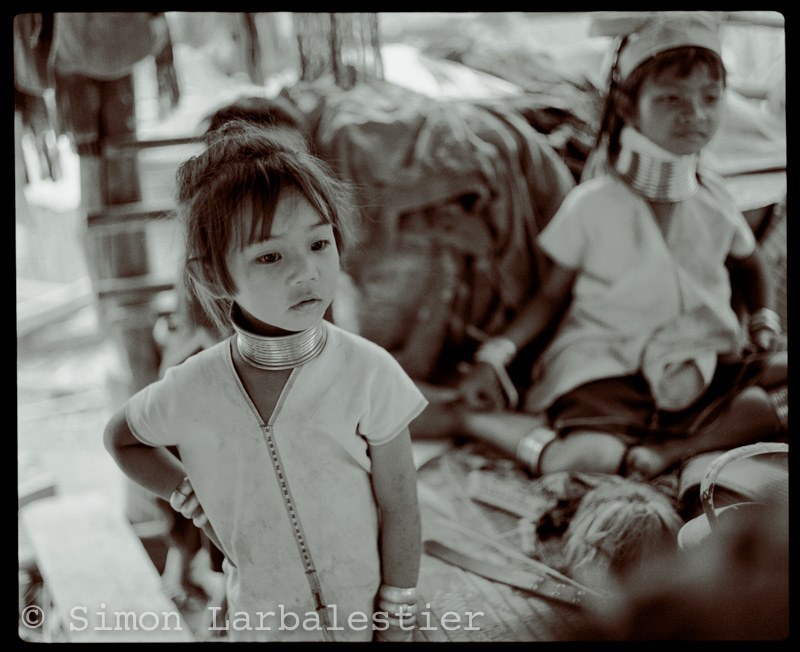
“Karen Hill Tribe Girls”, Thai Burmese Border, 2003 © Simon larbalestier.
Has your creative process changed over the years?
SIMON: I think it has yes, in the way I shoot. I still am fascinated (obsessed even) by textures and the sense of impermanence (for me best visualized by decay), religion is still a heavy undercurrent especially with all my years in South East Asia. I had two distinct ways of approaching my work when I left the RCA in 1987 (three if you count all my collage work but I abandoned this way of working in 1992). There was the very clinical, almost surgical still life sets (all the Pixies’ early works for example), book covers and numerous annual reports etc.—these type of images were painstakingly arranged under a camera lens usually a 5/4” camera but I also shot 10/8” and meticulously lit with tungsten lights, reflectors and mirrors. AND there was the location work that I was shooting in Europe, the best example being the image of the bed we discussed earlier.
This second way of seeing for me has become the primary way I see now.
I found in SE Asia, such a rich tapestry of visual juxtapositions that there was never any need to recreate them in a studio setting. Everything I did then and now is captured using available light (natural light)—no flash or additional lighting. I still see things in terms of planes of focus and everything is shot within an internal grid system (visualized in my head) so my shooting principles have really not changed just the visual aesthetic—for example I often favor the very limited depth of field of the fast 35/1.4 and 50/1.4 lenses that render a soft dreamy background, but other times I still shoot at f5.6/8 to retain full detail across the plane of vision. It really depends on the nature and character of the subject matter I am shooting and how I see the project developing. These days I tend to work in large sets of images – a series may total 100+ images. In a sense, as well as a growing and firm affinity with painting (Francis Bacon, Anselm Kiefer, Edward Hopper and Fred Williams are special favorites) there’s also an attraction the sequential image and cinema: Chris Marker’s work often plays in my mind in terms of using still images to convey narrative. Narrative or the sense of it, is very important in my more recent work and I now find it hard just to make a single image without shooting several that might relate to it. I have always enjoyed the narrative sequences of Duane Michal’s especially when he writes on the surface of his prints. I also enjoy mixing the dates of images so that underlying themes begun years ago, can be re-introduced into newer bodies of work, giving the whole series a greater sense of history and identity. The body of work entitled “Cyphers” employs this approach. I like recycling themes and motifs, it allows for a degree of playfulness in my work and sometimes the dark humour lifts the mood slightly.
What is your all-time favorite camera?
SIMON: Leica M—there’s no substitute.
Thank you for your time and participation. We enjoyed talking with you.
TO SEE MORE GREAT WORK, VISIT – SIMON LARBALESTIER
Blog: http://blog.simon-larbalestier.co.uk/simon/
Instagram: http://instagram.com/simonlarbalestier
Twitter: http://www.twitter.com/SimLarbalestier
